Speaker
Description
Micromegas (MICRO-MEsh GAseous Structures) are ionization gaseous detectors belonging to the Multi-Pattern Gaseous Detector (MPGD) family, which have been used in a large range of nuclear and particle physics experiments since their invention in 1996. It is parallel-plate structure divided into two regions by a micromesh suspended over an anode plane by insulator pillars: the conversion (drift) region where primary ionization by incident radiation occurs and the amplification region where electron multiplication through avalanches takes place. Using an appropriate neutron-to-charge convertor in the form of a thin layer deposited on the cathode electrode, or as part of the detectors gas, it is possible to detect neutrons, profiting at the same time from the advantages of MPGDs: high detection rate capabilities (>MHz/cm2), excellent spatial (<100 μm) and timing (~1 ns) resolution, very strong gamma-to-neutron suppression, radiation hardness and large area coverage with low cost. Applications of such detectors on neutron beam monitoring and profiling, as well as their use in neutron TOF experiments for cross-section measurements will be presented here. In some recent developments, such detectors are planned to be used in accelerators for machine protection (beam loss monitoring), while the fabrication of Micromegas detectors on a transparent substrate, like quartz, will allow for efficient and precise real-time neutron imaging using optical readout (CMOS cameras).

